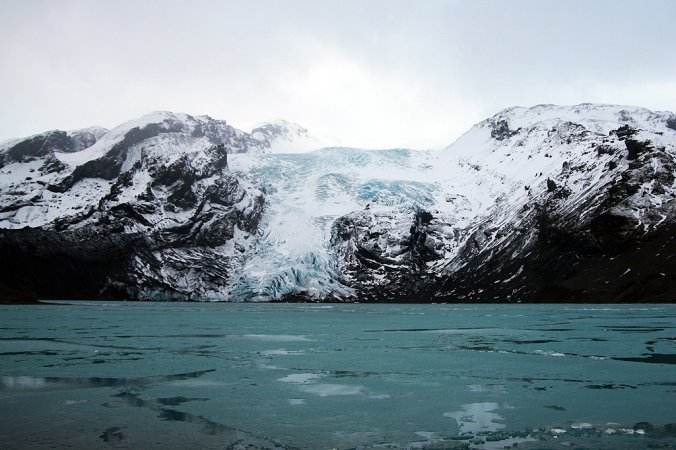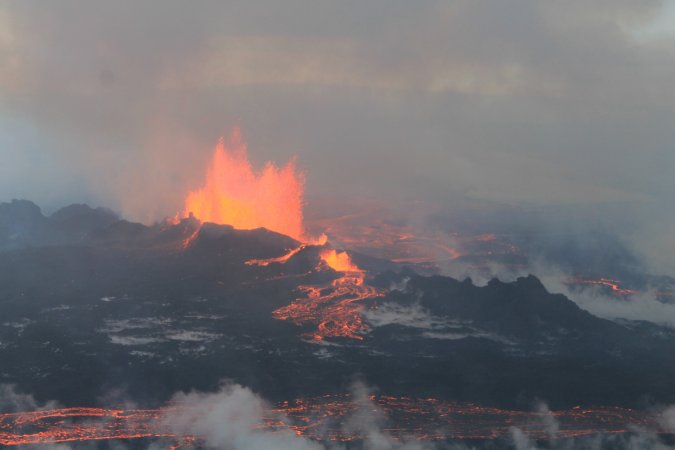

Cabo Verde doesn’t make headlines all that often. An archipelago of 10 islands off the coast of Africa, it gained independence from Portugal in 1975, and has been an independent democracy ever since. But while the government of Cabo Verde (sometimes referred to as Cape Verde) is stable, the islands themselves aren’t. On November 23, a vent on the side of a volcano on the island of Fogo began erupting for the first time in 20 years, a spectacular and destructive display of geology in action.
Unlike Hawaii’s recent slow-moving eruption, which took months to reach a building, the lava flows from the Fogo eruption swallowed the entire towns of Bangaeira and Portela in a matter of weeks. The island’s National Park headquarters were also destroyed.
Soon after the eruption began, people in the Fogo communities threatened by lava started to evacuate. All were able to escape, because even on a small island, you can typically outrun a lava flow. Buildings and property, on the other hand, can’t run away. The 1,080 people who were evacuated removed everything that they could possibly save, but many have lost homes, possessions, and nearly 300 acres of crops.
The people of the towns have taken refuge with volunteers and in shelters in other locations on the island. Some of the shelters were set up after the last time Fogo erupted, in 1995.
The Instituto Volcanologico De Canarias (INVOLCAN) has been studying the volcano on Fogo for seven years now, and quickly dispatched a team of researchers to the island when the eruption began in November. They have allowed us to use photos that they posted to their social media pages of the eruption. INVOLCAN also took some spectacular footage of the Fogo eruption, some of which you can see below. Other footage posted to YouTube by Marc Szeglat shows more of the eruption and some of the evacuation process.
The eruption on Fogo has slowed, but reports from the UN Office for the Coordination of Humanitarian Affairs indicate that an additional 2109 people might be displaced if the volcano continues to erupt. In the meantime, efforts are underway to help the people who have already been displaced.















